Minamata disease - how the plant secretly killed the Japanese for decades
Categories: Asia | Catastrophes | Ecology | Health and Medicine
By Pictolic https://pictolic.com/article/minamata-disease-how-the-plant-secretly-killed-the-japanese-for-decades.htmlMercury is a liquid silvery metal used in many branches of modern manufacturing. The importance of mercury for metallurgy, energy, the chemical industry and medicine is difficult to overestimate. But at the same time, mercury has a destructive effect on the human body. It causes damage to the respiratory, digestive, kidney, skin, eyes and immune systems. One of the most striking examples of the harm that this metal can cause is the tragedy that unfolded in Japan, in the town of Minamata, from 1932 to 1968.

Minamata Bay has fed the inhabitants of the city of the same name for centuries. It was rich in fish, shellfish, shrimp and crabs, which were caught by thousands of fishermen. Seafood found its way onto the tables of the Japanese who lived on the shores of the bay and were willingly bought by residents of regions remote from the coast.
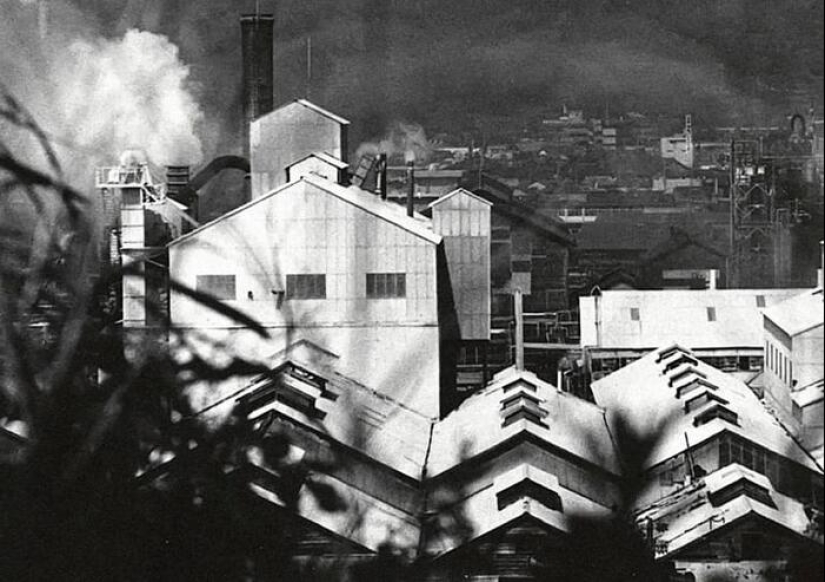
No one could even imagine that deadly mercury enters the body along with fish. On the shore of the bay there was an enterprise with the tricky name “Shin-Nippon Chisso Hiryo KK”. It produced acetic acid and several types of chemical fertilizers. An integral part of the plant's technology was a reaction involving mercury.

The company directly discharged liquid waste containing a high concentration of methylmercury into the bay. The toxic substance first affected marine life. In the early 1930s, fishermen began to notice that their catch had decreased significantly. Then the city cats, which traditionally fed at the piers of Minamata, began to behave strangely. The animals showed aggression and moved strangely. They even began to be called “dancing cats.” Many of them died soon after the appearance of strange symptoms.

Then the pestilence attacked the seagulls, who lost coordination and fell dead to the shore. But the worst thing is that soon the terrible disease reached people. The symptoms were terrible: loss of hearing and vision, impaired motor skills, confusion and speech, rapid weight loss. The result was not always death. Some coastal residents faded away before our eyes, others suffered for years.
The disease was also transmitted to children in the womb. They were stillborn or died shortly after birth. Methylmercury accumulates in the body gradually. Many people who were poisoned did not even go to the doctor, attributing the symptoms to fatigue, age, or food poisoning. Medicine was most often called upon when a person was in serious condition. Only a few were able to help, since for a long time they could not accurately determine the cause of the illness.
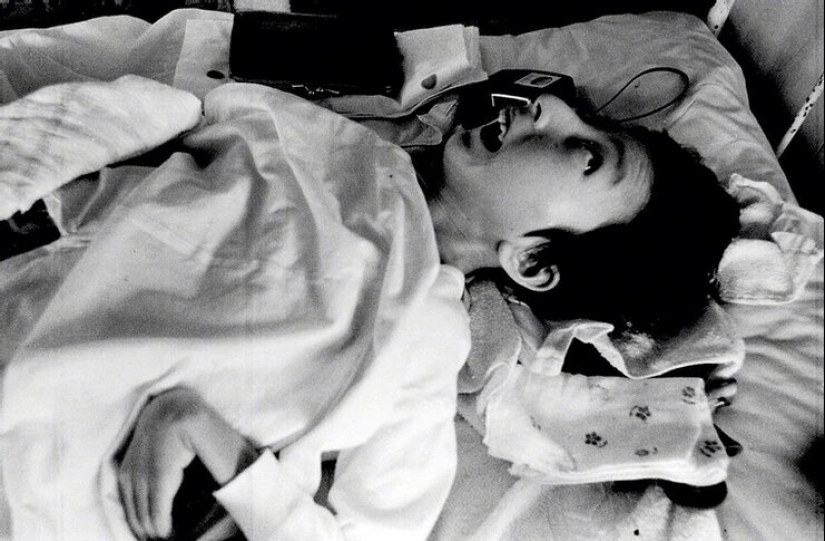
Over several decades, Minamata disease, one way or another, affected 50 thousand people. At the same time, doctors managed to officially record only 2 thousand cases. The peak of the disease occurred in the 50s - it was during this decade that most coastal residents died. More and more children were born with congenital deformities. Kumamoto University jointly with the Minamata Health Department took on the investigation of the epidemic.
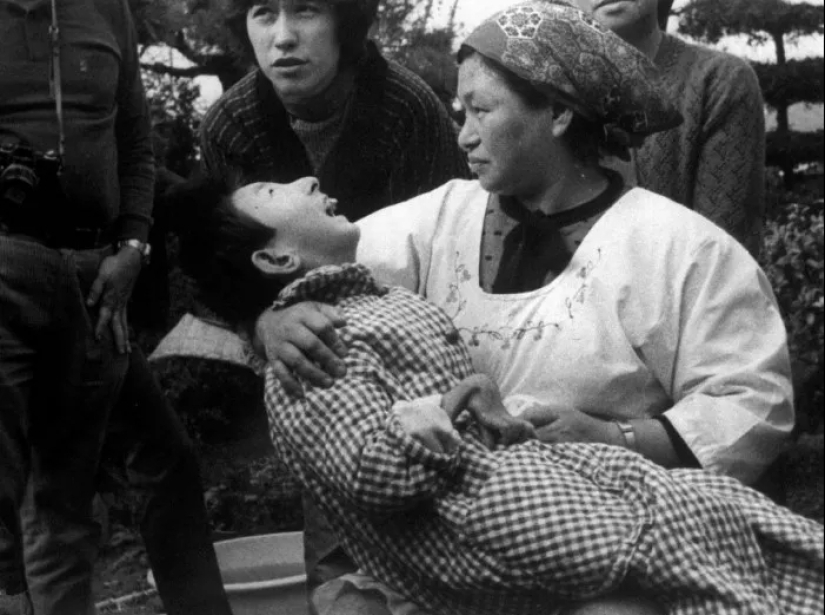
At first, scientists decided that an unknown to science infection carried by fish was to blame. In 1957, fishing cooperatives were advised to refrain from fishing at sea. Tissot stopped dumping waste into the bay in 1958 and began dumping methylmercury north of Minamata. Soon, symptoms of poisoning appeared among residents of this coastal area.
Only in 1959 was it possible to establish the true cause of the unknown disease and associate it with a chemical plant. After the publication of the investigation materials, Minamata residents began to organize mass protests at the company entrance. They demanded to stop dumping poison into the sea or at least install treatment facilities. The plant created cleaning systems, but they, as it turned out later, were ineffective.
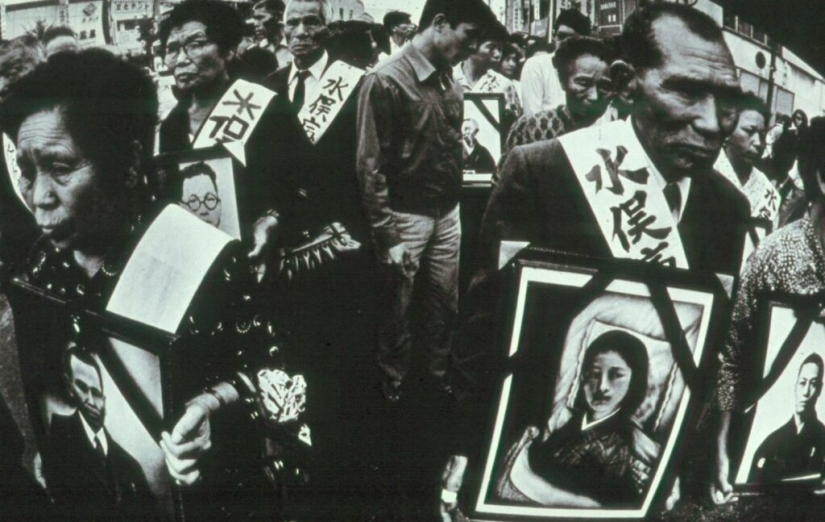
In December 1959, the victims managed to obtain compensation from the enterprise. But Tissot continued to poison the bay until 1968, when it stopped producing acetaldehyde, the byproduct of which was methylmercury. It remains to be said that the company paid compensation so sluggishly that many victims have not yet received them.
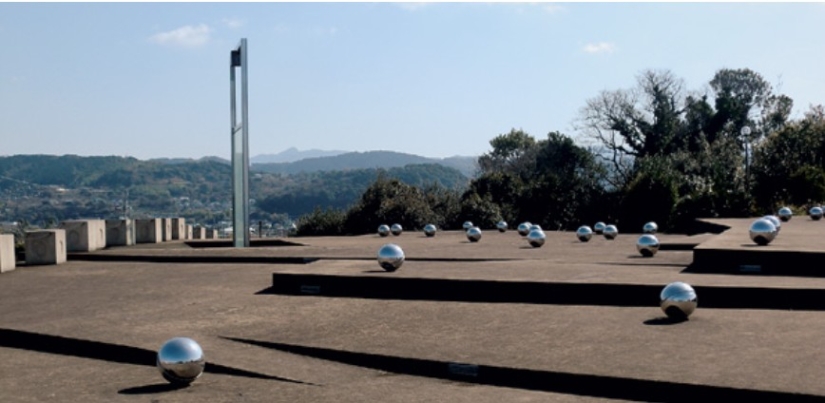
The Minamata tragedy must not be repeated. Therefore, in January 2013, the UN created the Minamata Convention on Mercury. It was signed by 127 countries. The document is aimed at protecting the environment and people from mercury and waste containing it. Thanks to the agreement, effective methods for storing and disposing of mercury were created.
You don't have to live near a chemical plant to be seriously poisoned by mercury. Sometimes it is enough to simply break a medical thermometer. We offer you a guide describing what to do in such a situation.
Recent articles

Most of us think that the color of the eggshell does not play any role and it is possible not to pay attention. But it's not and ...

The more we rely on technology, the more potential power hackers gain over us. It doesn't matter if their goal is to help or cause ...

Creating a good portrait is one of the most difficult tasks for any photographer. In order to make a really natural and memorable ...